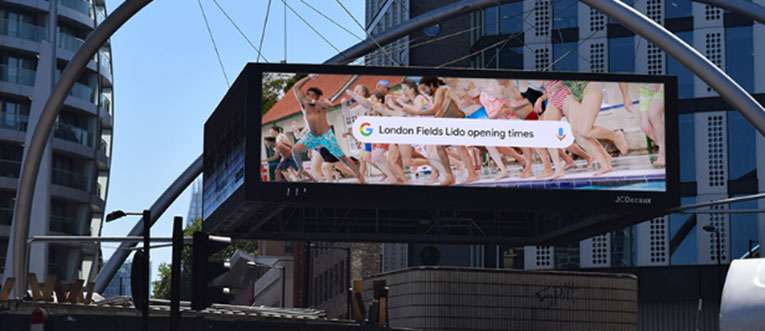Digital OOH (out-of-home) advertising is a dynamic and high-impact form of advertising that utilizes digital screens, often placed in public spaces like malls, airports, and transit stations, to deliver marketing messages to a wide audience.
Unlike traditional static billboards, digital OOH allows for the display of a variety of content, including images, videos, animations, and even real-time information, making it a versatile and attention-grabbing medium for companies in various countries including India, Canada, US, Middle East.
Now, in this article, we will explore how dynamic content can enhance your advertising efforts and engage your audience in ways that traditional static ads simply can’t. So, let’s get started!













